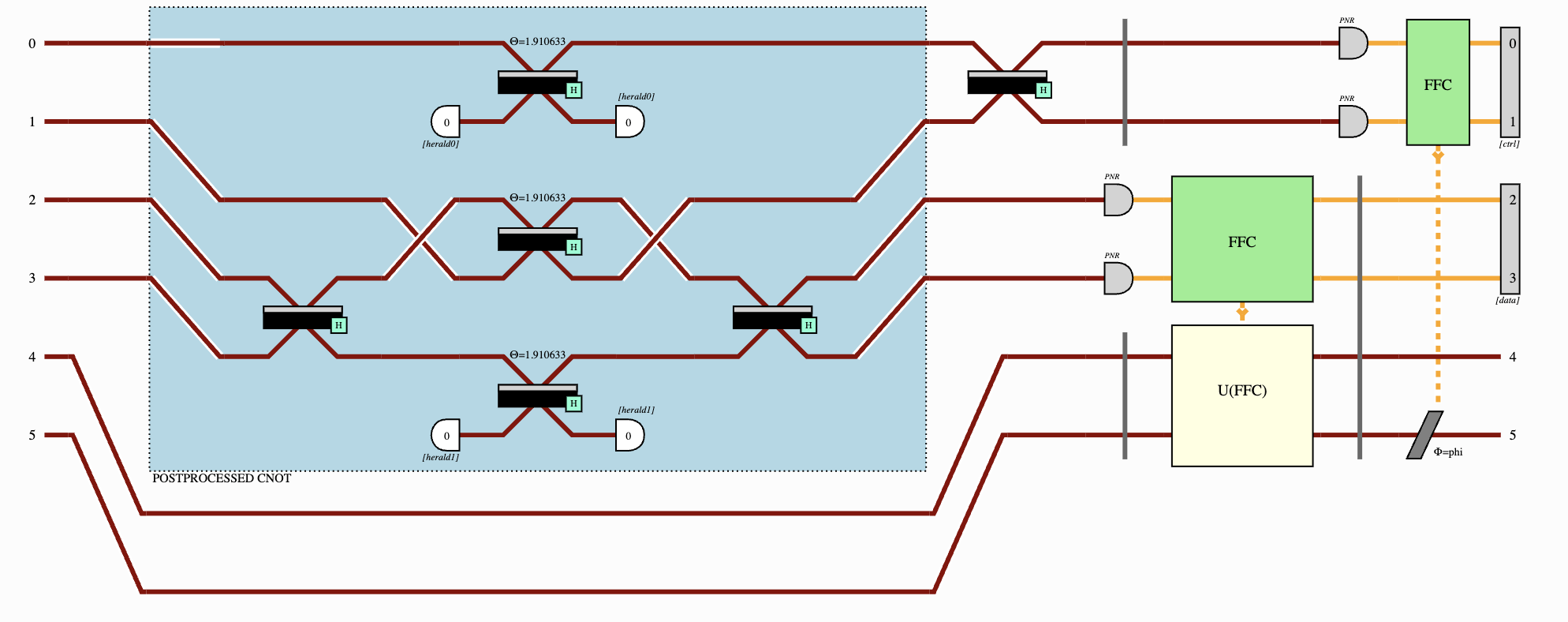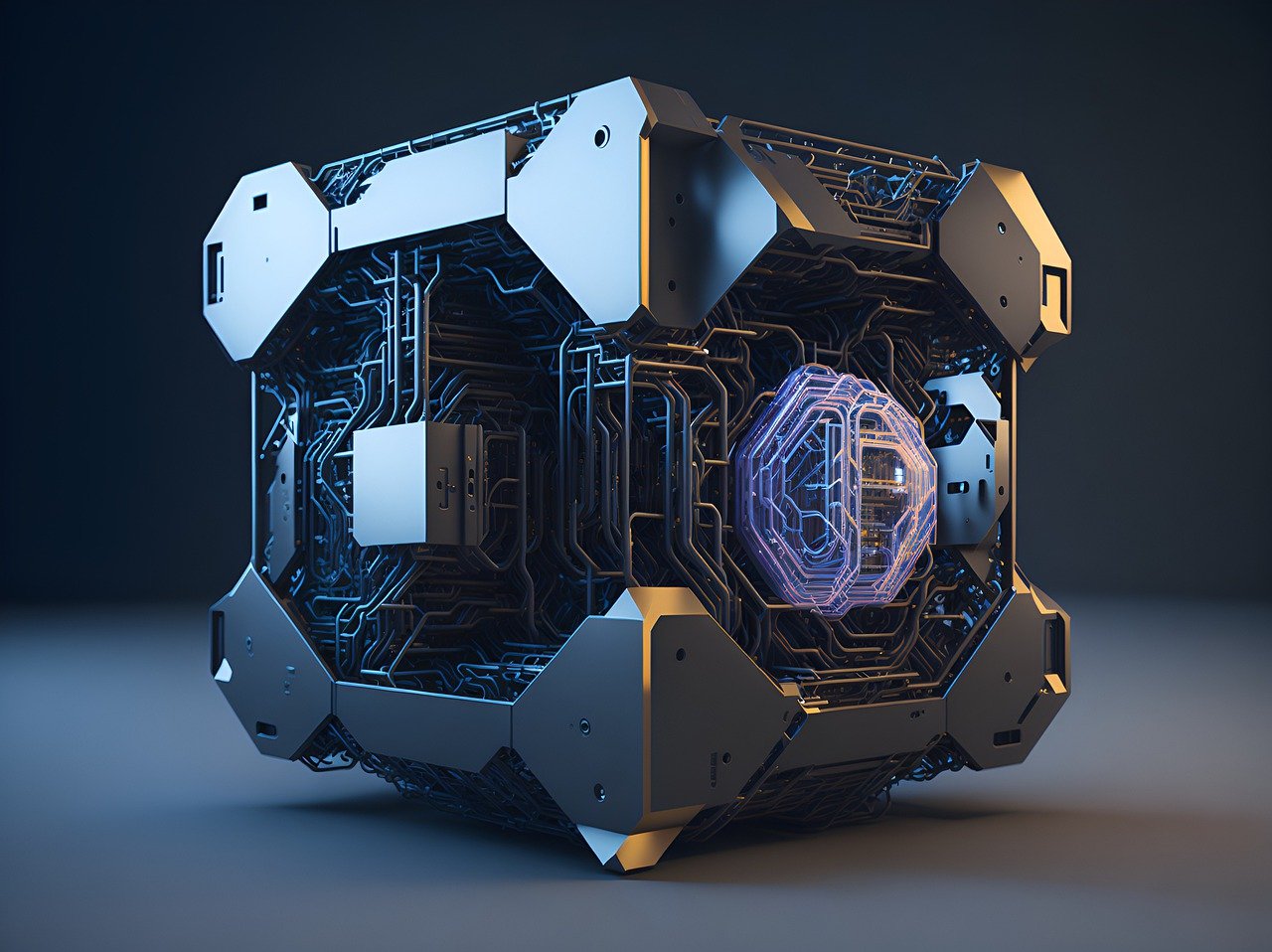A superconducting qubit is a type of physical qubit, which is implemented using superconducting circuits (see below). The first experimental demonstration of such qubits was achieved in 1999, shortly after trapped ion qubits in 1995. Superconducting qubits are used by several companies to develop quantum computers, such as IBM, Google, Microsoft and Intel. A demonstration of quantum computational advantage was demonstrated by Google in 2019, using their 53 superconducting qubits processor Sycamore.
Superconducting circuits
Superconducting circuits are electrical circuits able to sustain superconducting currents. Superconductivity is a quantum effect displayed by some materials called superconductors. In normal conductors, electrons are slowed down by the ions of the conductors; this is electric resistance. The resistance always decreases with temperature. However, in superconductors, the resistance brutally drops to zero below a critical temperature. In this superconducting state, the electrons pair up to create Cooper pairs, which, together, behave like a fluid like state, insensitive to neighboring atoms and ions, and able to conduct electricity without energy loss. A superconducting state is one of the few examples of a macroscopic quantum state.
Superconductivity is exploited to implement superconducting qubits, using a key component: a Josephson junction. A Josephson junction is a barrier between two superconductors. Despite the barrier, the superconducting currents can tunnel through the junction without any voltage being applied.
Superconducting qubits are essentially a superconducting circuit comprising a Josephson junction. Several archetypes exist: phase, charge and flux qubits, and combinations such as transmon qubits (used e.g. for the Sycamore processor).
Frequently Asked Questions About Superconducting Qubits
1. Why are superconducting qubits the most popular? Superconducting qubits have two strong advantages: they are easy to build and allow to perform operations very fast. They also have been studied for a long time.
2. What are the limitations of superconducting qubits? There are two main limitations of superconducting qubits. First, superconducting qubits are effective at very low temperatures (typically around 10 mK), which requires the use of dilution cryostats – expensive and energy consuming. Second, the qubits have a short coherence time and are sensitive to noise, which implies using extensive error correction techniques.
3. What is the difference with a spin qubit? Unlike superconducting qubits, which are implemented using superconducting circuits, spin qubits consist of the spin of an electron or electron hole trapped in a defect in a semiconductor.


